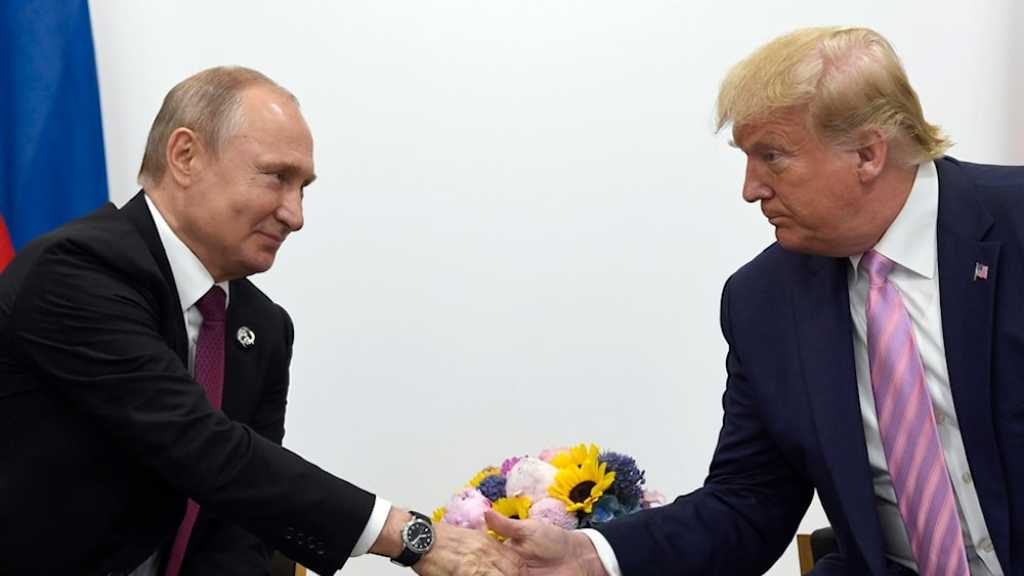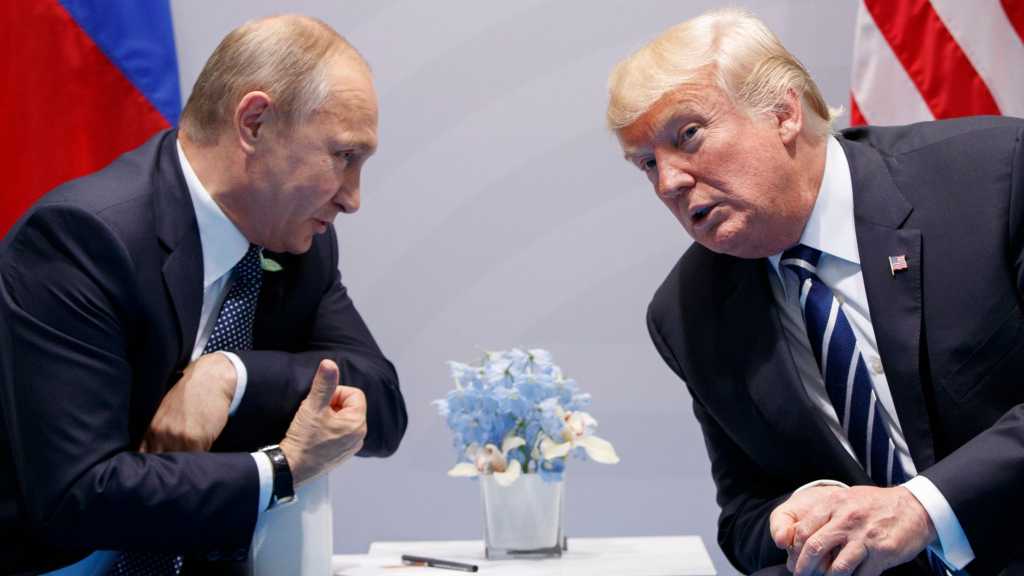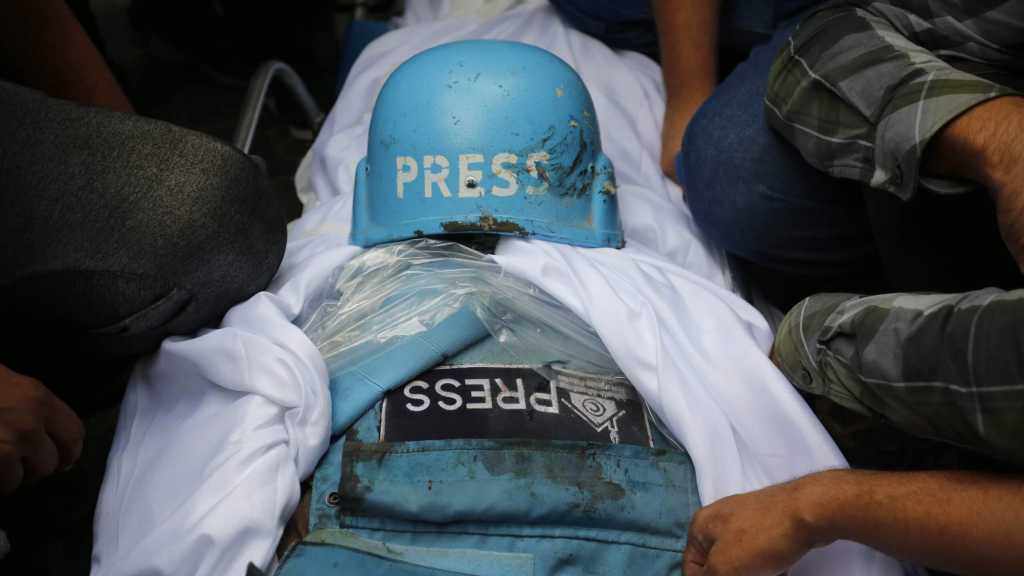North Korea Fires Artillery Shells onto South Korea

North and South Koreas have exchanged artillery fires after 200 North Korean artillery shells hit the Yeonpyeong Island near the disputed Yellow Sea border.
At least a dozen South Korean marines were wounded and two killed in the attack in Yeonpyeong Island. About 1,000 South Korean soldiers are stationed on the island, which has been a source of tension between the two neighbors because of its location and rich fishing grounds.
South Korean President Lee Myung-Bak has held an emergency security meeting over the attack.
A South Korean military official has said South Korean troops were carrying out military exercises when the shells landed on the island.
South Korea's Joint Chiefs of Staff has confirmed the assault. South Korean forces fired back after North Korea's shelling, the South Korean Defense Ministry said.
South Korea has reportedly ordered air force jets to overfly the island following the shelling.
According to eye witnesses, dozens of homes have also been damaged in the incident. Authorities have evacuated the residents to safe areas.
The exchange of artillery comes amid high cross-border tensions over the deadly sinking of a South Korean warship near the border in March.
Russia and China have warned against any further reactions from both sides.
Few foreigners visit the isolated island, but South Koreans work there at an industrial park operated by both Koreas at the border town of Kaesong and at the Mount Kumgang resort.
North Korea has 1.19 million troops on active duty, and more than 7.7 million reservists. It is one of the world's most militarized countries with a population of 23.4 million.
South Korea has 655,000 troops on active duty, and about 3 million reserve forces. They are reinforced by 28,000 US troops stationed in the South.
North Korea has some 4,000 tanks and more than 2,100 armored combat vehicles. Much of the equipment is believed to be Soviet-era procurement and in need of upgrading. The T-54, the North's main combat tank, began to be phased out by most other countries in the 1970s.
North Korea is believed to be steadily building its submarine fleet; with its 70 vessels outnumbering the South's dozen or so. Its 420 warships also outnumber the South's roughly 120 vessels, but the South has been adding powerful destroyers to its fleet.
The new crisis erupted as a US special envoy headed to China Tuesday to seek its help in curbing North Korea's new nuclear project, revealed to US experts who described a sophisticated program to enrich uranium.
Comments
- Related News

Kremlin: No Preparations Yet for Trump-Putin Meeting
3 months ago


